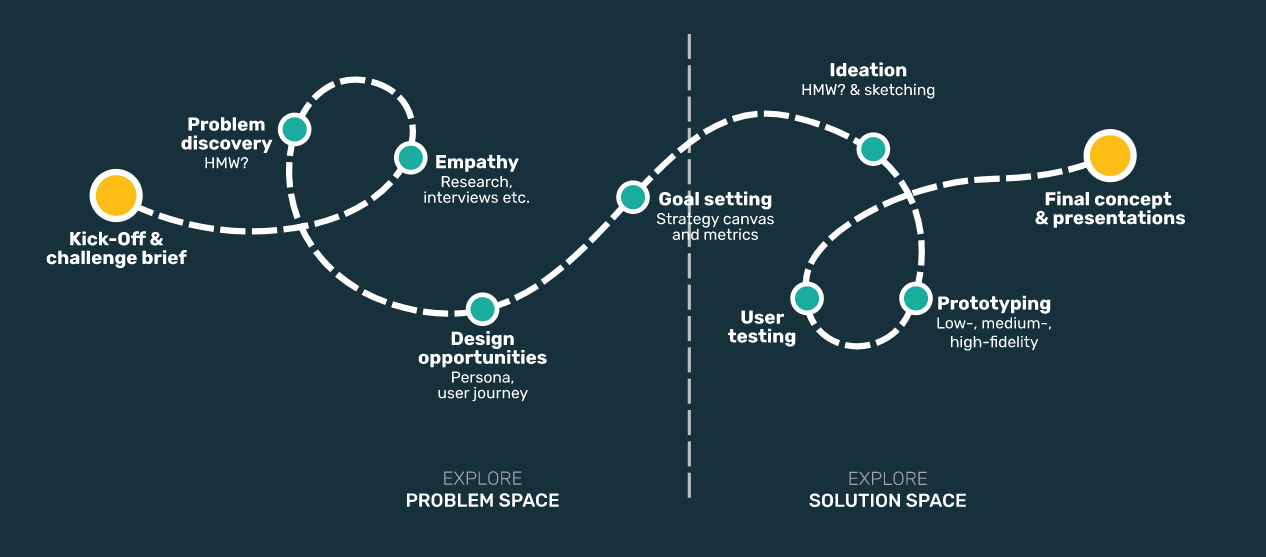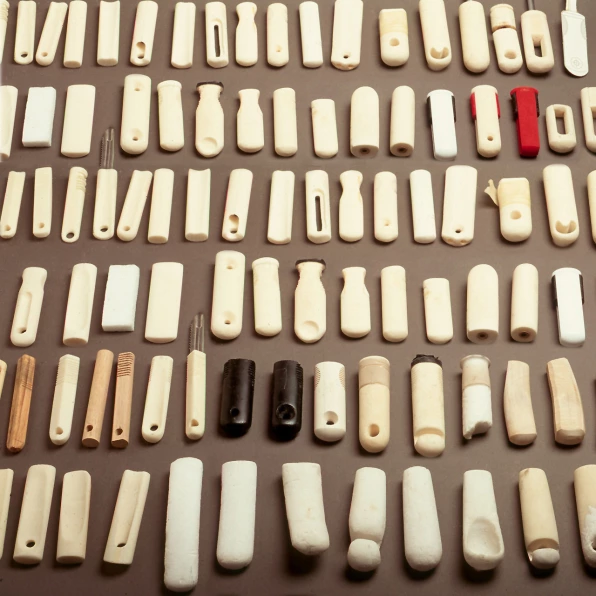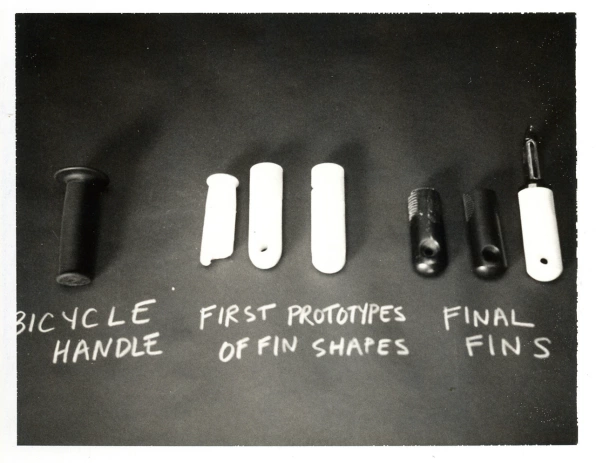In order to explain what design thinking is we could define it like the textbook does, as a highly user-centric process of solving problems. And continuing on and on about all the different aspects to it. There already are great articles (here and here) and even books which cover the topic in detail. So instead of re-inventing the wheel, we will look at the story of the OXO Good Grips Vegetable Peeler with the design thinking lens. This is the story about how one company transformed a boring everyday object into something iconic with good design. Their design is so good that over 30 years later, it is still the best selling vegetable peeler on Amazon. Note that Amazon didn’t exist when they designed this.
Before we begin the story, an executive summary of the process of design thinking will come in handy.
By overly simplifying it we can say that design thinking is a process of solving problems by breaking them down into six major phases. We will see these in action in the story soon, but it’s important to be aware of them, to begin with. The phases are:
- Empathize: To be able to solve a problem, a designer needs to understand how the problem affects the user. The designer needs to empathize with the users
- Define: After understanding the problem well, the designer needs to pinpoint the problem that needs to be solved
- Ideate: In this phase, the objective is to come up with ideas to solve the problem that was defined earlier. It is important not to judge the quality, or feasibility of the ideas in this stage
- Prototype: This phase is pretty self-explanatory. Once you have the ideas, prototype the ideas with whatever you have on hand
- Test: The prototypes help with testing the solution while keeping the costs low, as they allow for fast and early failure of a proposed solution
- Implement: This is the point where you bring the solution out to the market for fun and profit
A subtlety to note here is that these steps are not always linear. The process might take you from one step to another in a non-linear way depending on what you learn.

Now for the story!
It is 1990 and Sam Farber, a retired entrepreneur is on vacation with his wife Betsey. While cooking, Betsey, who has arthritis, complains about how the peelers are horrible. With incredible insight and possibly on a hunch, Sam set out to solve this problem of uncomfortable peelers. He signed on Smart Design, a company that focussed on, well, smart design. The designers from the company went to the American Arthritis Foundation and got volunteers who would be their test subjects. By talking to them and empathizing with their needs they were able to understand the problem better.
This process of talking to the users and empathizing with them led them to some insights into the problem. This in turn allowed them to define the problem precisely. In this case, they needed a handle design that would provide enough comfort and grip for everyone, and especially people with arthritis. It also needed to be robust enough that they could use it for different tools in order to have manufacturing efficiency. With the problem definition in place, the designers came up with different ideas which they prototyped using cheap materials. Once they had these prototypes, Sam weighed in with his experience and suggested that the designers look at bicycle handles. He knew that the finned design would simply be very inviting and make people want to hold and play with the tool. This led the designers to come with more prototypes.


This is the point where this story departs from the textbook, but in an ideal world, they would have tested their prototypes with the volunteers at the American Arthritis Foundation to get quick feedback about their designs.
Post this there are many details of the story that we will skip, but in the end, they implemented the finned design, got the manufacturing deals in place and took the design to the market at a housewares show in San Francisco. At the show, Sam set up a booth and the range of tools was received very well. What happened next is history!

Although the story doesn’t follow the exact steps of design thinking, we have to bear in mind that design thinking wasn’t a thing back then. In the story, the insights came from the experienced eyes of Sam who saw the market and had a good understanding of what was missing. Design thinking tries to formalize and provide a framework for thinking about problems. In the real world, years of domain knowledge and experience isn’t always at hand. Design thinking clears the clutter and fast tracks insight generation. An important thing to understand about design thinking is that it is biased towards action. It encourages failing early and failing fast in order to minimize the investment into ideas that wouldn’t work. And most importantly, it necessitates stepping into the shoes of the user and empathizing with their problems instead of projecting our thoughts on them.
There are many great stories and learnings that the design thinking world has to offer. But for a beginner, the story of the humble vegetable peeler is a great example to show what design thinking is all about.
If you’re curious, The Design of Everyday Things by Don Norman is a fun read and is available at the Sandbox and the UT Mathematics and Informatics Library. We hope that with this story we were able to instil a bias towards action in you and we encourage you to sign up for courses with the Sandbox to dive deeper into design thinking and practice these ideas.
PS: The story was adapted from a long read by Fast Company. So if you are interested in reading all the details head on to that post.